Flexible EMI repayment options may give a hole in your pocket
Wed 03 Jun 2020, 17:00:30

As workplaces reopen as Unlock 1.0 unfolds, people would prefer using their your own car for the office commute to avoid the risk of contact as social distancing becomes the new normal in the wake of Coronavirus. In such a situation, a lot of people may need to buy their first cars or even a second car for a working spouse. But given the recent pay cuts, it may not be easy for everyone to afford a regular equated monthly instalment (EMI) against a car loan.
"Because of the pandemic, the individuals who are continuing work, need to go by the vehicle they own as opposed to taking an open vehicle or application based cabs," said Aditya Mishra, organizer and CEO, Switchme.in, a stage that assists borrowers with moving their home advances to other money related organizations.
So as to tap this market, Maruti Suzuki India Ltd, the nation's biggest carmaker, has joined forces with HDFC Bank Ltd to offer adaptable EMI choices to new vehicle purchasers.
The adaptable credit reimbursement structures may work for the individuals who have seen pay slices and anticipate that their pay rates should get reestablished once things standardize and the lockdown is totally lifted. When their compensations are reestablished, they would be capable in a situation to pay normal EMIs.
The options
The bank is offering three repayment options to borrowers who could be facing a cash crunch.
Of the three schemes, two focus on lower EMIs in the initial months. The first scheme combines step-up and balloon payment under which, initially, the EMIs are lower and go up later during the tenure. Under HDFC Bank’s scheme, the initial EMI is as low as ₹1,111 per ₹1 lakh for a loan tenure of 84 months.
The second option allows the borrowers to pay lower EMIs for the first six months (for salaried) or three months (for self-employed). In this case, the EMI starts at ₹899. The third is a flexi EMI scheme, where the borrower can choose lower EMIs for three months every year for the entire tenure of the loan.
These structures also increase the eligibility of the borrowers as the initial EMI is lower, based on which the loan amount is decided.
HIGHER PAYOUT
The flexible repayment structures come with a cost. “They are similar to a moratorium a borrower avails of on a loan. When there is no payment or
lower payment for some months, the interest portion is added to the principal and interest is charged on it. The total outgo, therefore, increases," said Deepesh Raghaw, founder, PersonalFinancePlan, a Sebi-registered investment adviser.
lower payment for some months, the interest portion is added to the principal and interest is charged on it. The total outgo, therefore, increases," said Deepesh Raghaw, founder, PersonalFinancePlan, a Sebi-registered investment adviser.
Under the step-up option that various banks are offering, the EMI is lower for some part of the initial tenure of the loan, and later it increases. Lenders, typically, target young professionals for these loans, considering their future earning potential, which also allows them to take a higher loan amount. Suppose a borrower takes a loan of ₹7 lakh and pay an EMI of ₹8,000 for the first three years, and ₹14,603 for the next four years. Here the borrower will end up paying ₹42,920 extra in total interest outgo as compared to a regular EMI (see graph).
Under the inflatable reimbursement structure, the borrower pays lower EMI at first and makes an enormous single amount installment towards the finish of the advance. It is among reimbursement techniques where the intrigue outgo is far higher contrasted and different structures of reimbursement. "Inflatable works for the individuals who get rewards each year, and can cause a huge installment at one to go," said Gaurav Gupta, CEO, MyLoanCare, an online advance commercial center.
A combination of step-up and balloon can be difficult for borrowers to analyze. It also results in a higher outgo at a later stage.
What should you do?
Every benefit has a cost involved. If your cash flows are unaffected by the pandemic, it’s best to stick to the regular repayment method.
Flexible structures may work for you only if you are certain that your income will be restored in some months. However, there have been layoffs and there is a lot of uncertainty on the impact of the lockdown on businesses and the economy. “In case there is uncertainty, borrowers should completely avoid taking any new liability," said Raghaw.
“Low EMI for three months work for those who have a higher outgo in some months such as March and April, where people make tax-related investments and pay school fees," said Gupta.
If you think it works for you, don’t forget to ask for a loan schedule and see whether your cash flows can meet the requirements. Also, negotiate for a discount on a car and see if that works better for you.
No Comments For This Post, Be first to write a Comment.
Most viewed from Business
AIMIM News
Latest Urdu News
Most Viewed
May 26, 2020
Where should be the burial of the pilgrims martyred in the Saudi Arabia bus accident?
Latest Videos View All
Like Us
Home
About Us
Advertise With Us
All Polls
Epaper Archives
Privacy Policy
Contact Us
Download Etemaad App
© 2025 Etemaad Daily News, All Rights Reserved.

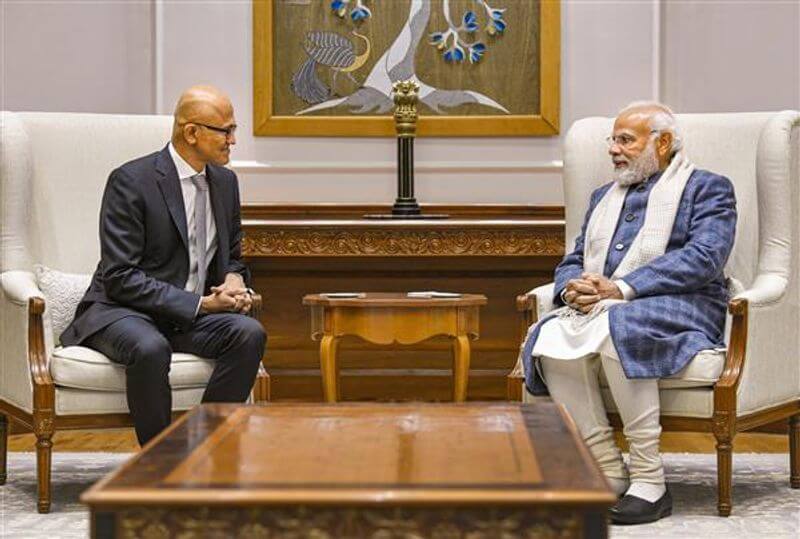
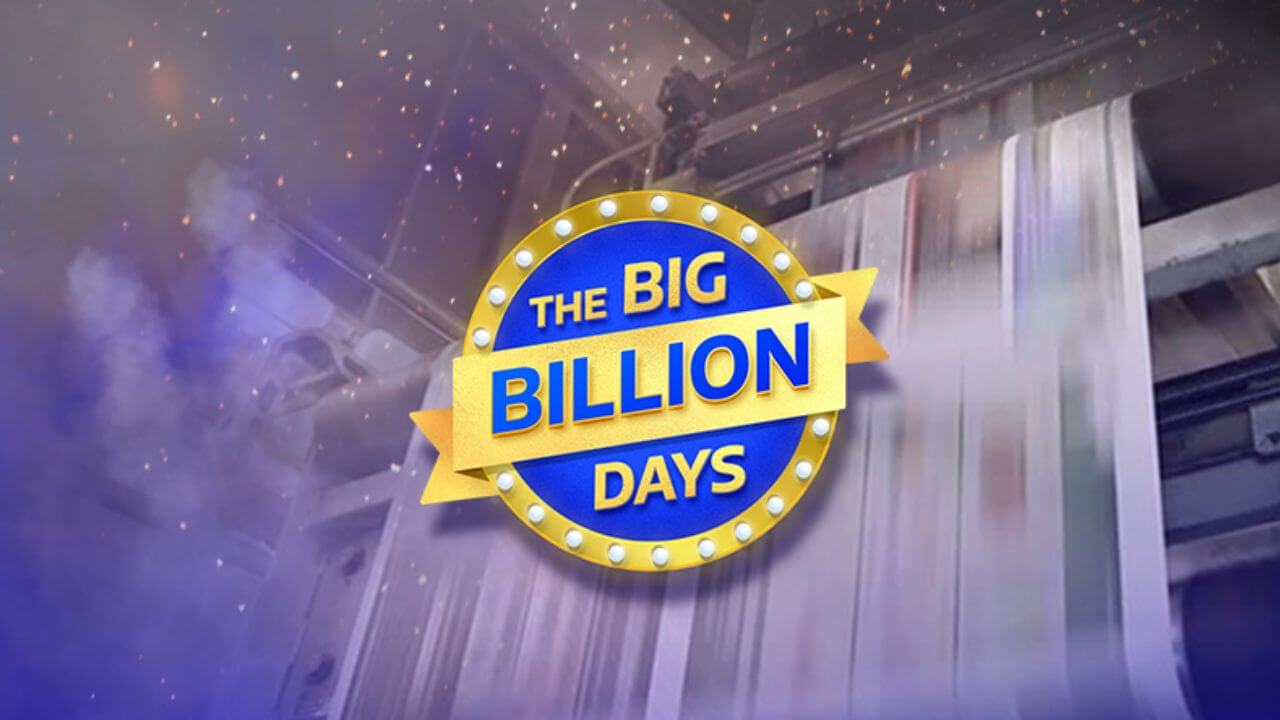
.jpg)
.jpg)
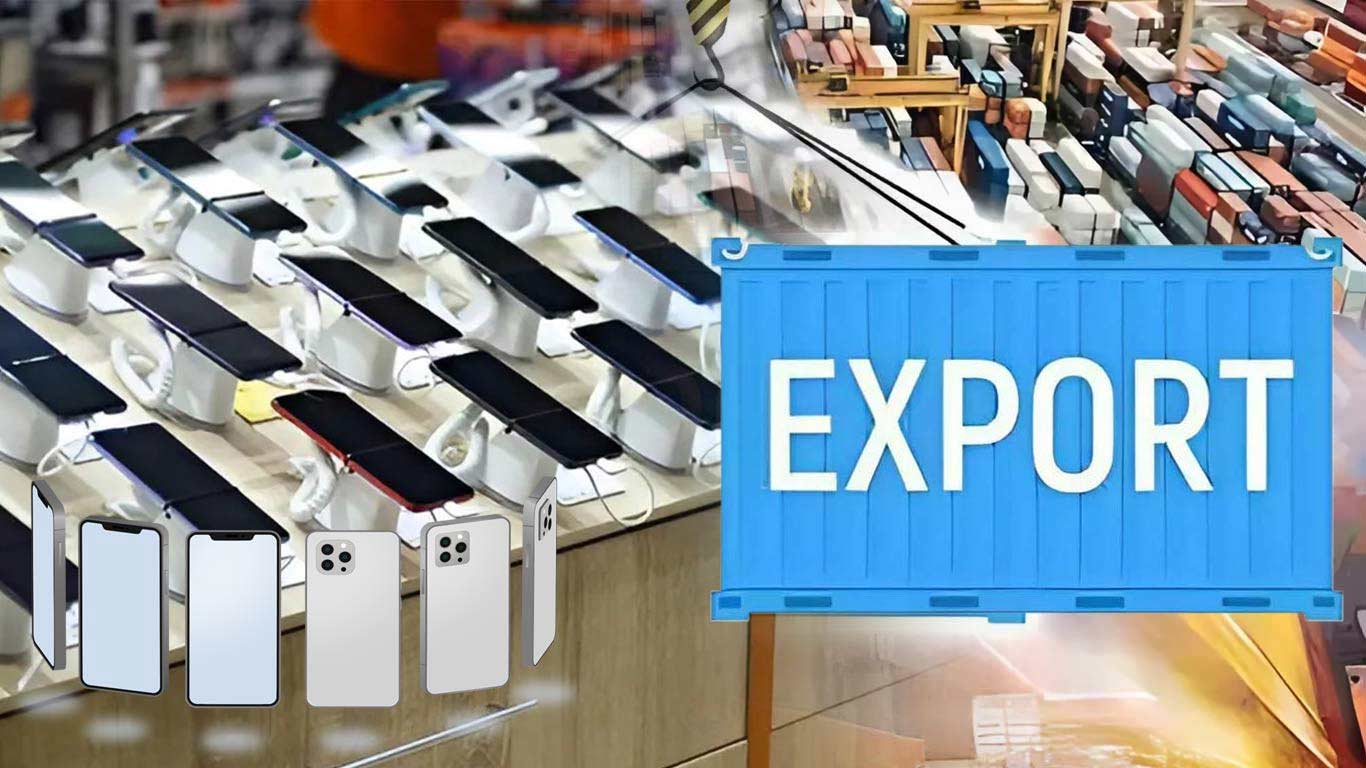
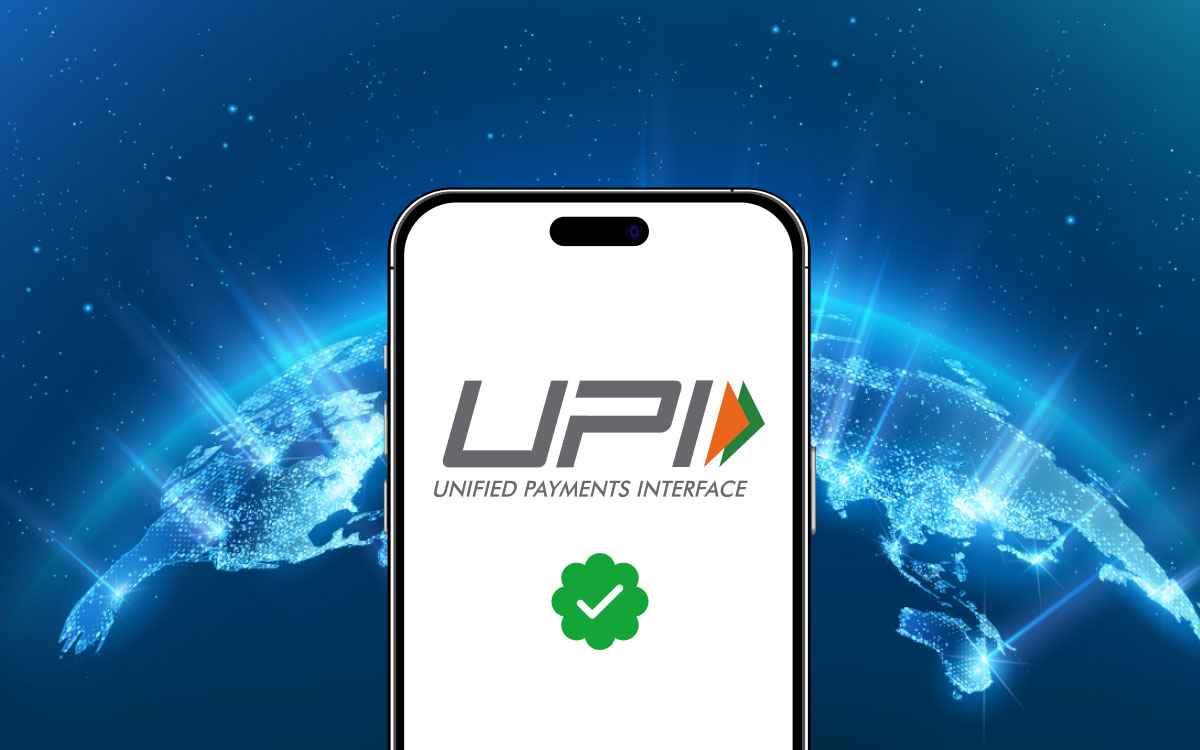
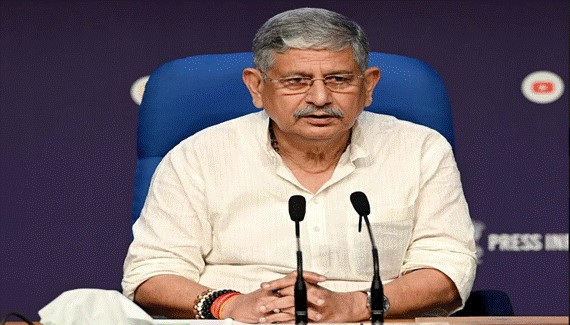
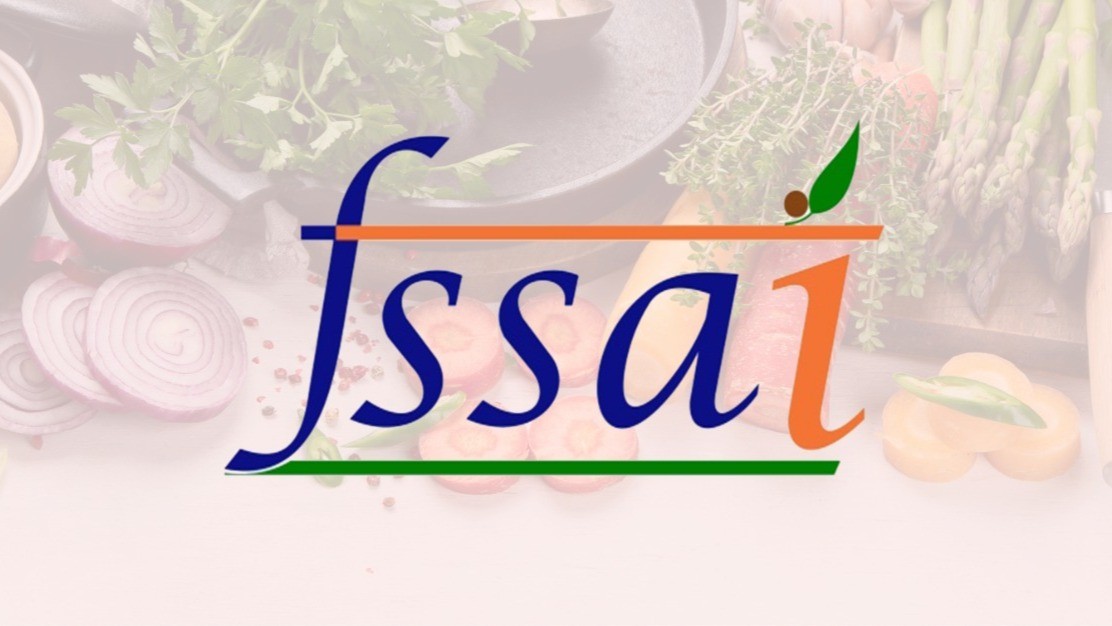
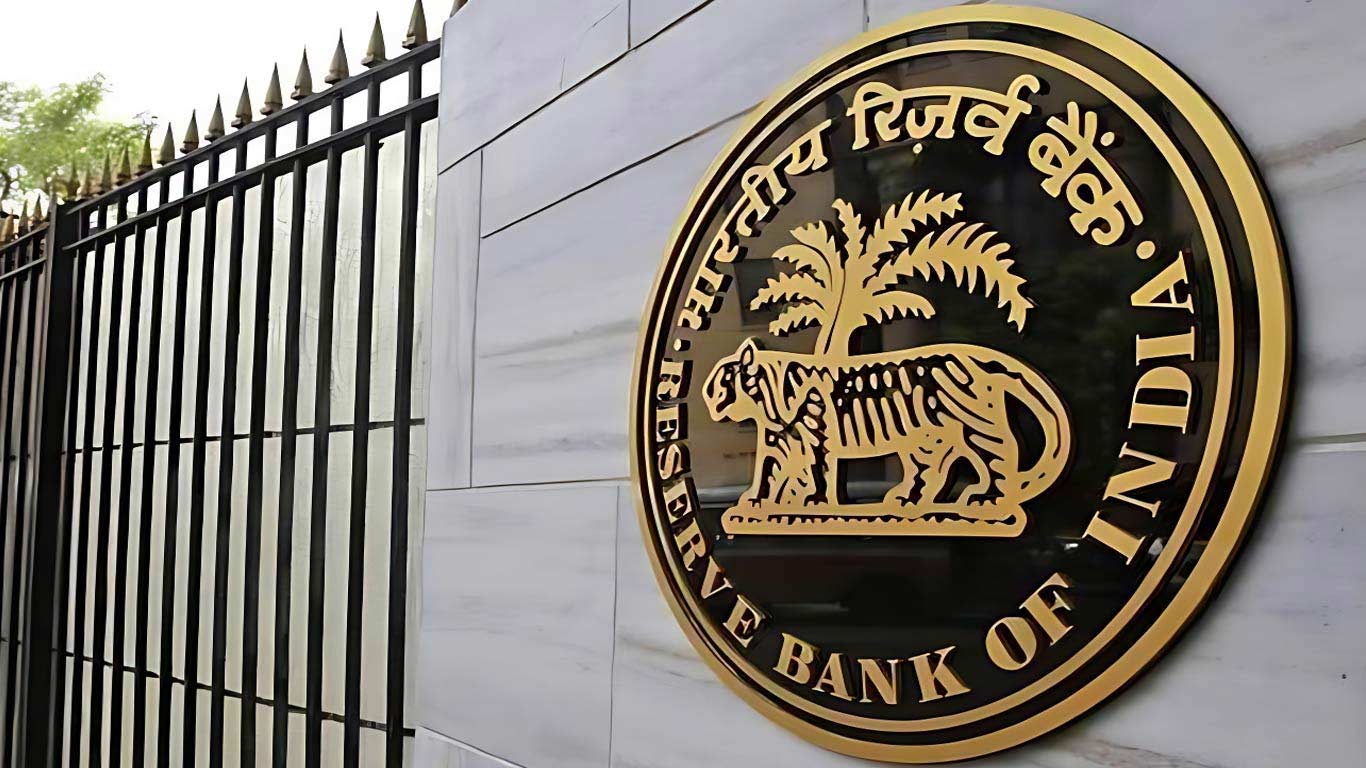


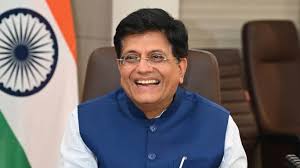












.jpg)
.jpg)
.jpg)


